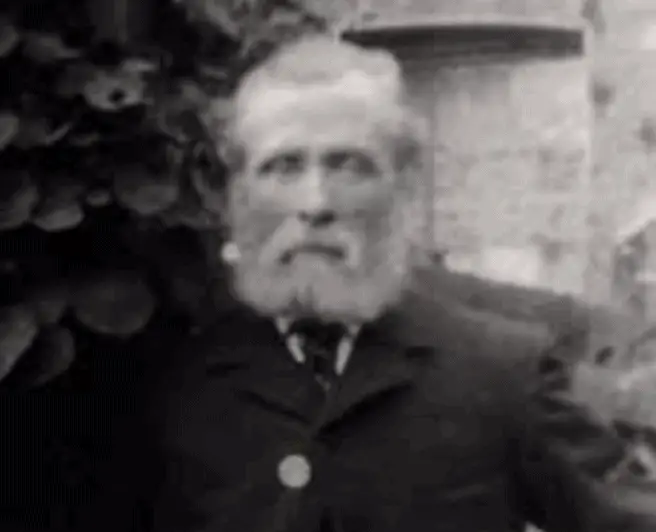Very few murderers in history have drawn so much attention than the serial killer that terrorized London in the late 19th century. The main reason for this is that we still don’t know the real identity of this ruthless butcher who slaughtered at least 5 women.
Oh yes, and his crimes were pretty heinous as well…
Who was this unidentified predator who roamed the streets at night in search of poor victims? Here are some interesting facts about Jack the Ripper, one of the most notorious criminals in history.
1. All the crimes happened in one slum in London
Jack the Ripper remains an unidentified serial killer who terrorized the streets of one particular London neighborhood, a place called “Whitechapel.” Therefore, the crimes that happened here in the late 19th century are called the “Whitechapel Murders.”
The parish of Whitechapel is located in the East End of London, just east of the historical center of London referred to as the “City of London.” This was really an overcrowded slum in the late 19th century.
Even though this area in London was full of petty crime, the Whitechapel Murders stood out because of their horrific nature.
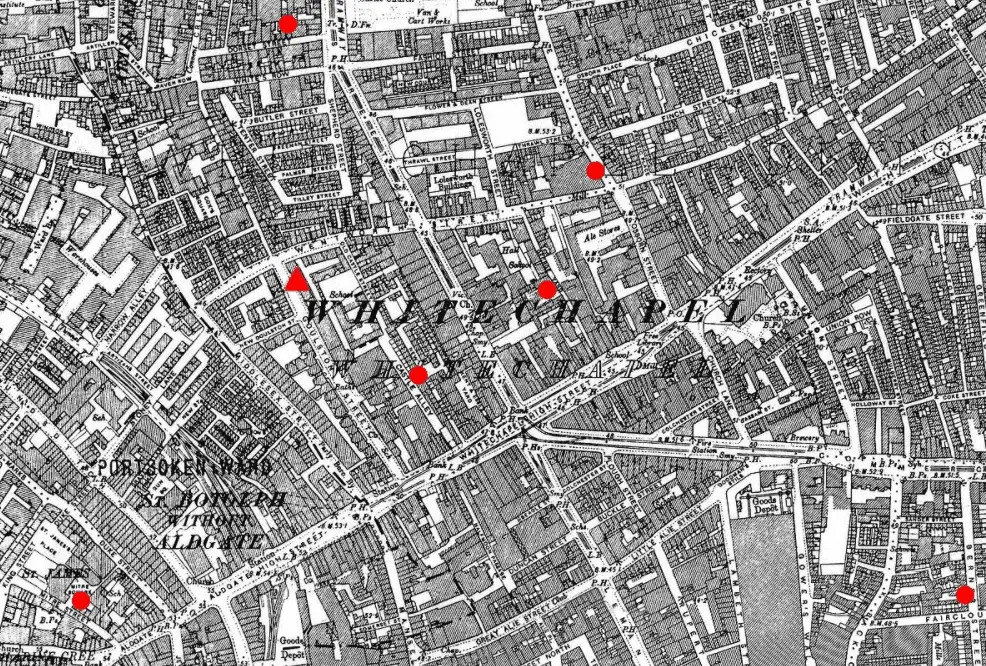
2. All the victims were prostitutes
Whitechapel was seriously overcrowded due to an influx of Irish and Jewish immigrants starting halfway through the 19th century. Just about all of its 80,000 plus inhabitants were living in poor conditions. Thousands of people lived a hand-to-mouth existence and slept in boarding houses in packed rooms.
By 1888, it’s estimated that there were about 62 brothels and over 1,200 women who worked as prostitutes in Whitechapel. That makes it no surprise that all of the alleged victims of Jack the Ripper were prostitutes who were working the streets late at night.
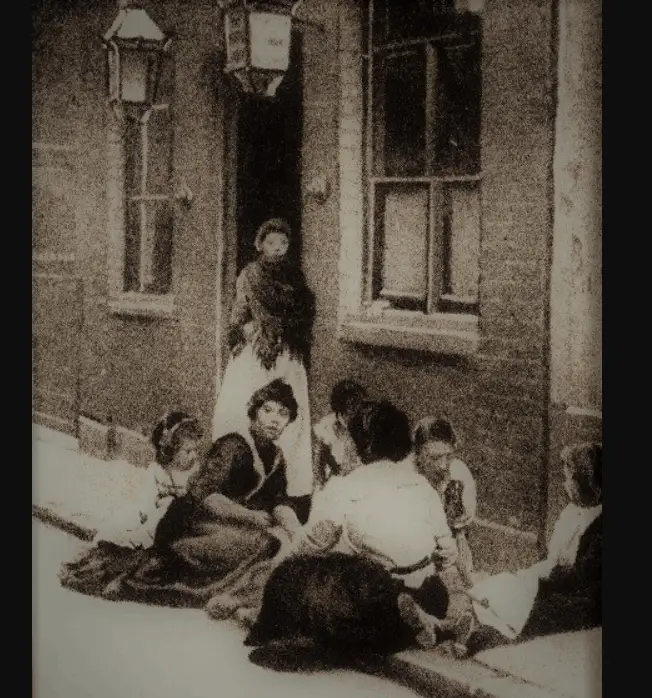
The issues in Whitechapel weren’t the cause of all the problems at the time, they were merely a symptom. Since halfway through the 19th century, social unrest had been building up and demonstrations for change were pretty common.
This culminated in an event referred to as “Bloody Sunday,” which happened on November 13, 1887, just before the murder spree of the Ripper started. This event resulted in hundreds of people being arrested and dozens of people being badly wounded.

4. It’s unclear whether or not there were more incidents
A total of 11 murders and a large number of additional attacks against women happened between April 3, 1888, and February 13, 1891. It’s unclear whether or not all of these are related or not.
One of the most remarkable facts about Jack the Ripper is that all of these “Whitechapel Murders” and related crimes remain unsolved until today. One of these events is also referred to as the “double event,” because two women named Elizabeth Stride and Catherine Eddowes were murdered less than a mile apart on the same evening.
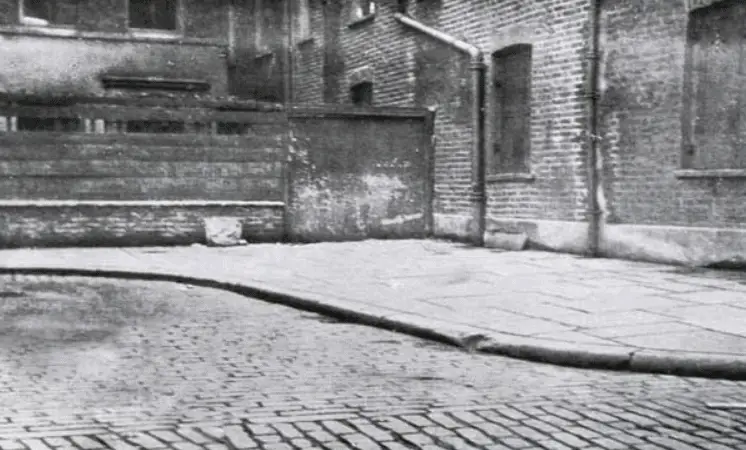
5. Five murders are linked together
Of these 11 murders, 5 are generally accepted as being committed by the same perpetrator. These are referred to as the “Canonical five.” These women were:
- Mary Ann Nichols
- Annie Chapman
- Elizabeth Stride
- Catherine Eddowes
- Mary Jane Kelly
The reason these are are all linked together is that they appear to have been murdered similarly, they were murdered at about the same time of the week or month, and they were killed around the same time at night as well.
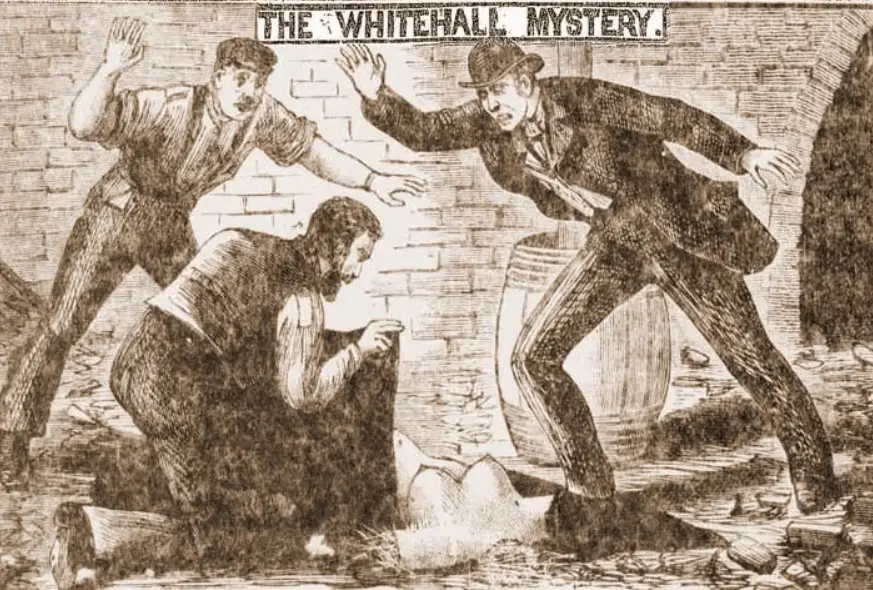
6. The crimes were absolutely horrific
One of the things that added to the sensation value of the crimes at the time was that the murders were committed horrendously. The victim’s throats were slit, which is what most probably caused their death, and they were horribly mutilated afterward.
To top it off, the murderer also removed some of the organs of the victims and sexually mutilated them with a knife. The final victim, Mary Jane Kelly, was not just disemboweled, but also cut up in such a way that she was unrecognizable.
It must have been a real shock for the person opening the door of the single room shortly after Kelly’s murder on November 9, 1888.
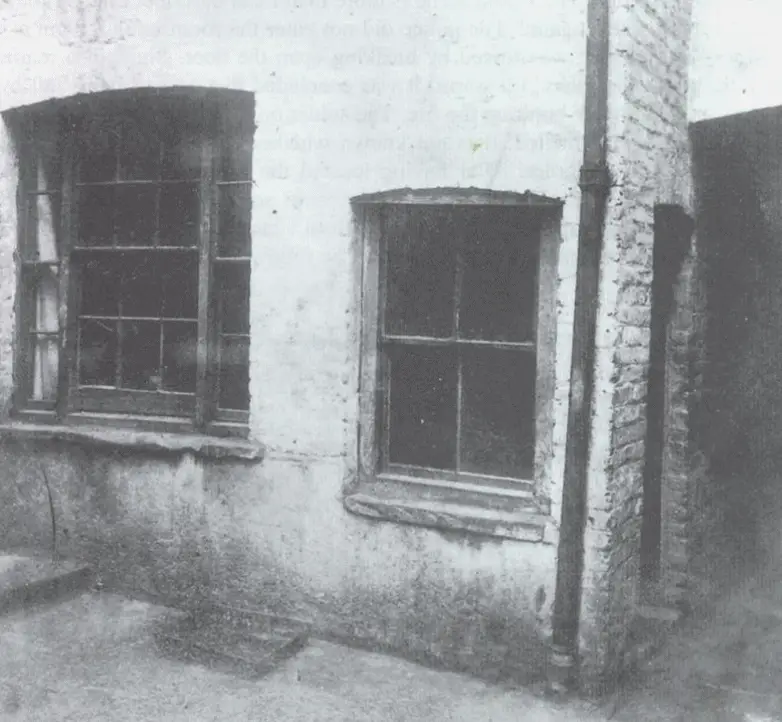
7. Were there copycat killers on the loose?
For as many researchers and detectives that worked on the case, there are just as many opinions. Some believe all the murders are connected, more skeptical people claim only 3 (Nichols, Chapman, and Eddowes) can be connected with certainty.
So who committed the other 8 murders then?
Because of the huge media coverage of the cases, some suggest that the other murders were committed by one or more copycat killers, looking for a morbid sense of fame as well. This theory was strengthened when the police received numerous letters related to the case.

8. The police work would have been pretty similar today
Another one of those interesting facts about Jack the Ripper is that the police work wasn’t to blame for the killer to remain unidentified. The Metropolitan Police at the time, of which the files regarding the investigation survived, gives a clear view of how things worked in the late 19th century.
Remarkably, a lot of the procedures back then would be done the same today as well.
- House-to-house inquiries were done in Whitechapel.
- Forensic material was collected and examined.
- Suspicious people were put under surveillance and traced.
- 80 people were detained.
- 300 people were investigated closely.
- Over 2,000 people were questioned.
With this level of commitment during the investigation, it’s really hard to blame the police for not finding the perpetrator, and the fact he didn’t get caught was most probably an incredible stroke of luck.
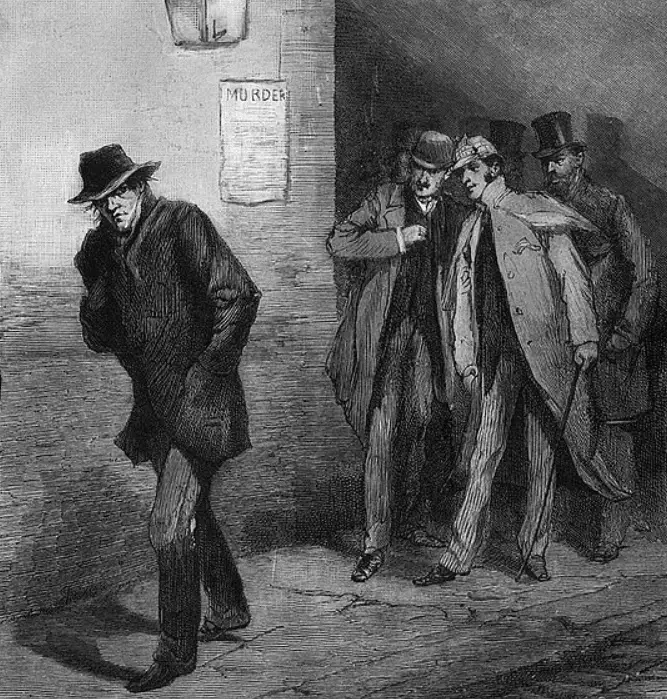
9. This would have solved the murders today though
If only this would have existed back then, the murders would have most probably be solved easily. DNA analysis was an alien invention back then and had it existed, it would have at least have eliminated a lot of suspects, making this complicated investigation much easier.
Unfortunately, all of the forensic evidence, especially the letters allegedly sent by the killer, has been handled by so many people that it’s impossible to conduct conclusive research with the scientific knowledge we have today.
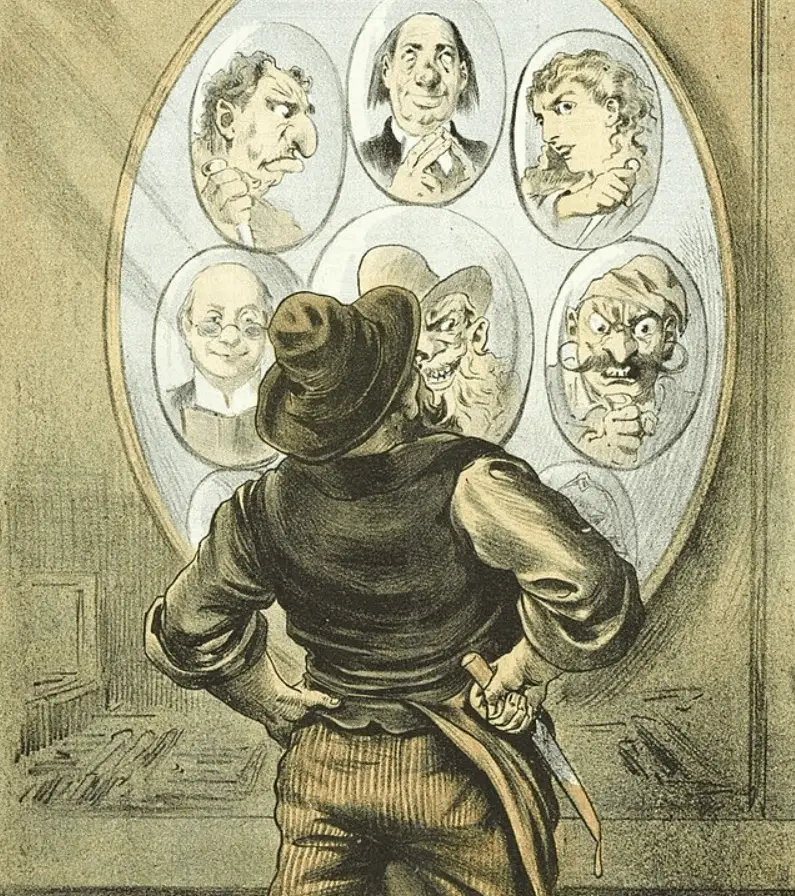
10. Was the murderer a surgeon or a butcher?
Because the killer cut open his victims and was able to remove certain organs, it has been assumed that he had at least some sort of anatomical or surgical knowledge.
Police surgeon Thomas Bond had another idea though because he didn’t believe that the killer had any such knowledge, not even “the technical knowledge of a butcher or horse slaughterer.”
Obviously, this is also just an opinion.
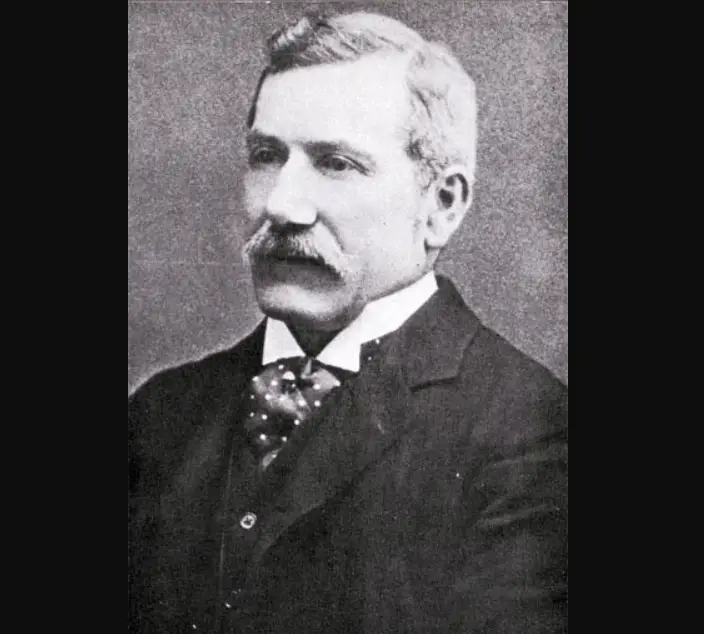
11. Queen Victoria was keen on finding the killer
The Whitechapel Murders came as a shockwave through the country, and when the assumed final victim of Jack the Ripper was found seriously cut up, Queen Victoria had enough.
She was so appalled by the horrific crimes that she wrote a letter to the Prime Minister demanding the murdered to be caught so the murders would stop and even issued a royal decree.
She wrote a letter with the words:
This new most ghastly murder shows the absolute necessity for some very decided action. All these courts must be lit, and our detectives improved.
Words of Queen Victoria after the murders.
It’s clear to assume she was not amused at all!
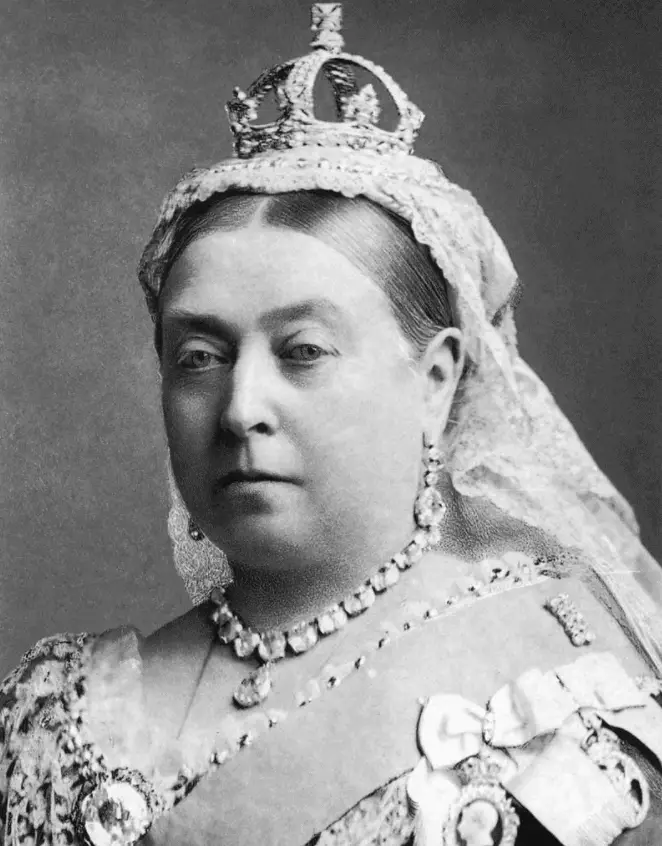
12. Some people took the matter into their own hands
The police force wasn’t able to patrol the streets at night effectively, that’s clear. Therefore, a group of locals came together to start a vigilante group referred to as the “Whitechapel Vigilance Committee.”
The president of the committee was George Lusk, a local builder who feared that the murders weren’t good for business in the neighborhood. In return, he received several threatening letters by mail, addressed to him personally.
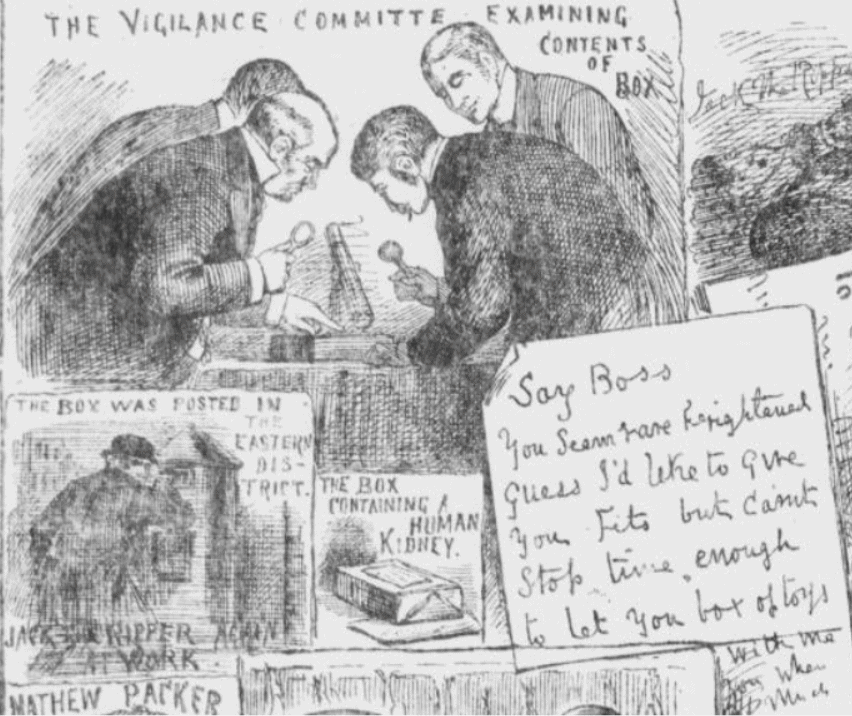
13. Criminal profiling was born because of Jack the Ripper
Jack the Ripper is the first criminal in the history of whom an offender profile still survives. Doctor Thomas Bond not only gave his opinion regarding the anatomical knowledge of the killer but also described what he assumed were the killer’s motives.
He described the urges of the killer as “periodical attacks of homicidal and erotic mania,” implying that the crimes were sexually motivated. This is confirmed by a study that states that “leaving the victims on display in sexually degrading positions with the wounds exposed” is proof that the killer derived sexual pleasure from his crimes.
If this is true, criminal profilers in modern times would probably describe Jack the Ripper as a sexual predator with extreme sadistic tendencies.
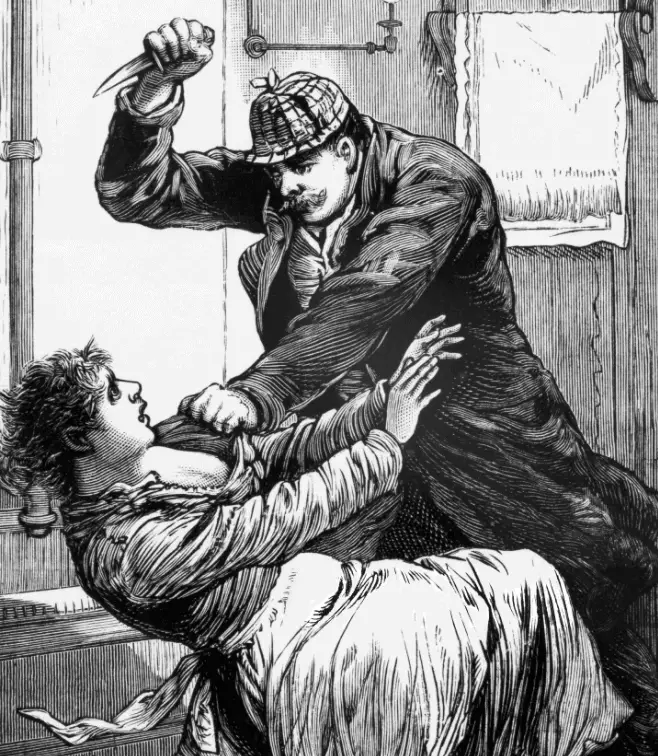
14. It’s assumed that the killer had a regular job 9 to 5 job
One of the most remarkable facts about Jack the Ripper is that he most probably had a steady job. This is concluded because all of the murders basically happened at the same time at night, and during weekends or holidays when he would have had a day off.
What’s even more important is that this also means that he wouldn’t have been very suspicious and easily overlooked. he was most probably a local who blended in without drawing any attention to himself, which might explain why he was able to get away with his horrific crimes.
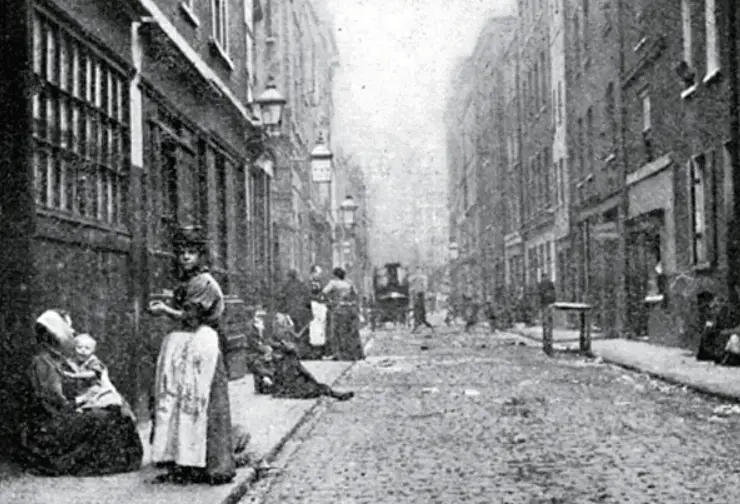
15. How did Jack the Ripper get his name?
After the first couple of murders, the killer was referred to as “The Whitechapel Murderer.” After the murder of Mary Ann Nichols, the media first gave the killer the nickname “Leather Apron.”
It wasn’t until the police started receiving bizarre letters that this was changed to Jack the Ripper, because that’s how the alleged killer signed the letters. There were the
- Dear Boss letter
- Saucy Jacky postcard
- From Hell letter
The From Hell letter was directed to George Lusk of the Vigilance Committee and contained a box with the left kidney of a human being. That’s reason enough to assume it’s from the actual killer, right?
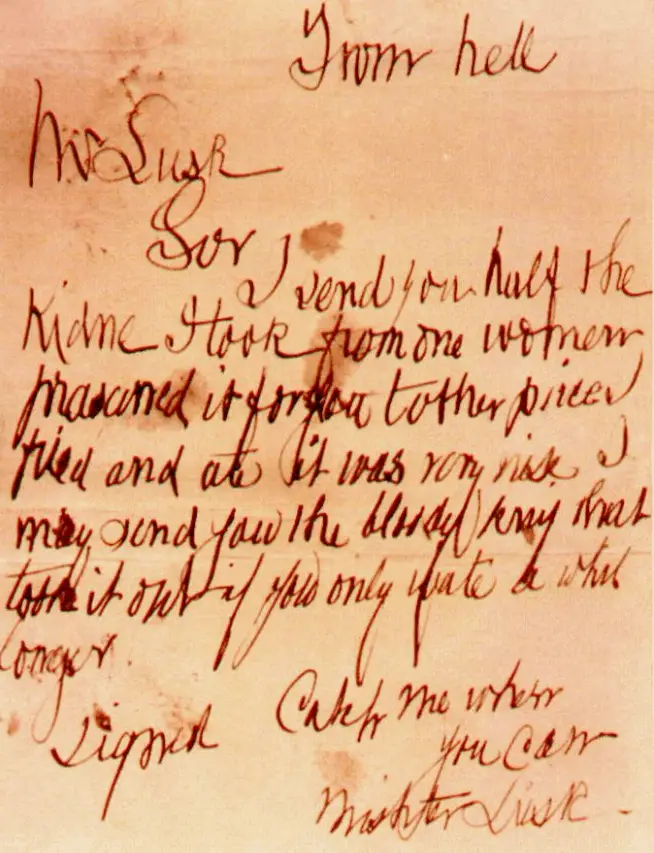
16. The murders created an epic media storm
The Whitechapel Murders not only created both a supervillain and a worldwide media storm. It was the first time in history that a serial killer got so much attention from the media and things haven’t been the same since.
It made the newspaper companies rich as the sensationalized reports were bought eagerly by the people. It’s estimated that over 1 million copies were sold every day during the time of the murders.
The downside was that it really obstructed police work, resulting in the killer remaining unidentified until today.
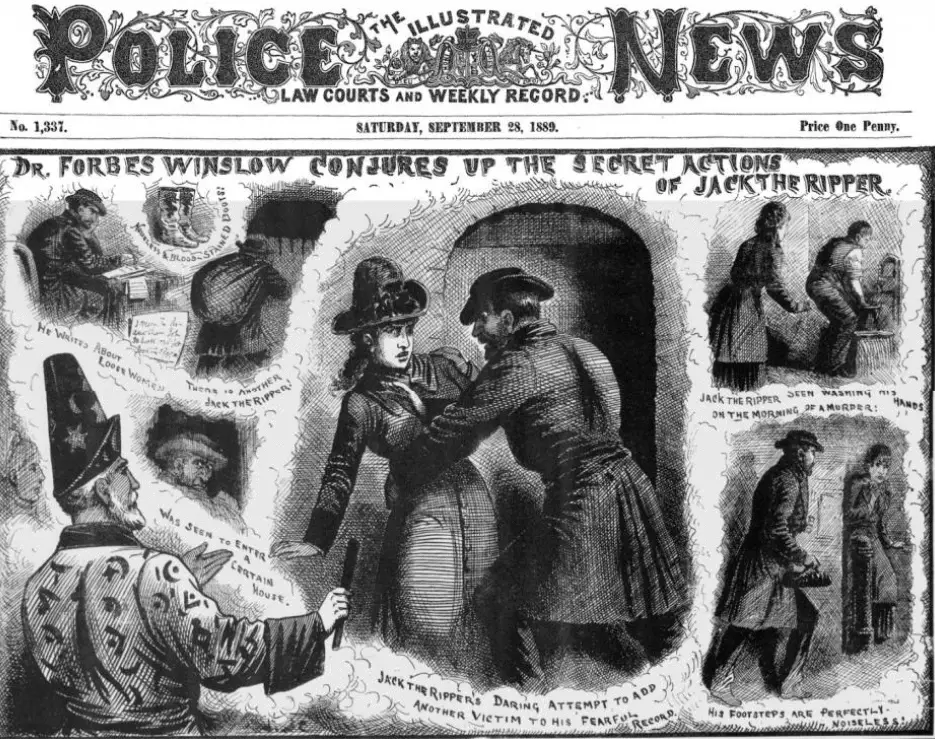
17. The murders had one positive outcome
Are there benefits in a case such as the Whitechapel Murders?
Indirectly, there was one major benefit as it really highlighted the poor living conditions of the people in Whitechapel. Within 2 decades after the murders, the slums were demolished and replaced with humane and comfortable housing.
The street, however, didn’t change much and tour operators in London still offer guided tours through the neighborhood which shows where the murders took place.
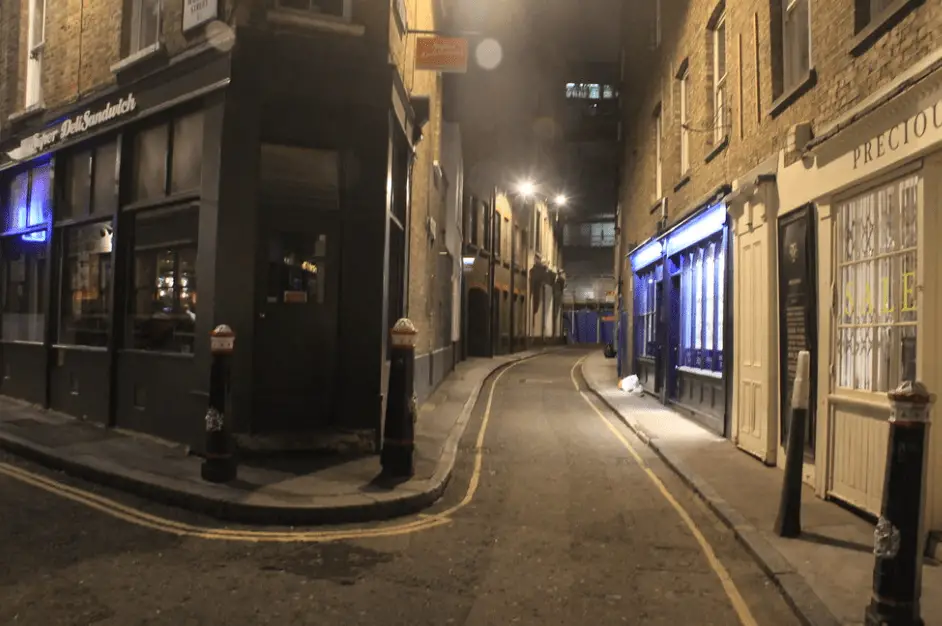
18. There’s a Jack the Ripper Museum in London
In Cable Street in Tower Hamlets in the East End of London, there’s a museum dedicated to the history of Jack the Ripper. It contains several unique artifacts and recreates the exact setting where the murders took place.
The museum, which is located just south of where the actual murders took place, was created in a Victorian house consisting of 6 floors and opened its doors in 2015.
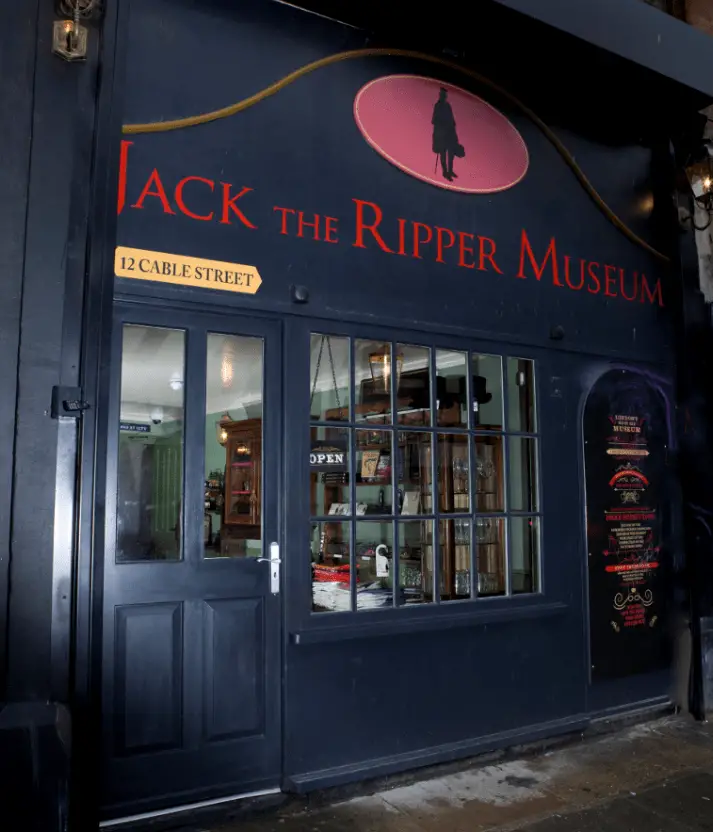
19. Madame Tussauds doesn’t have a statue of Jack the Ripper
One of the reasons that Madame Tussauds became the most popular wax statue museum in the world is because of their collection of infamous criminals. This section of the museum is referred to as the “Chambers of Horrors” and contains statues of various murderers and notorious historical figures.
They do have a policy of not creating statues of people of whom the identity is not certain. Since this is the case with Jack the Ripper, they depicted him as merely a shadow.
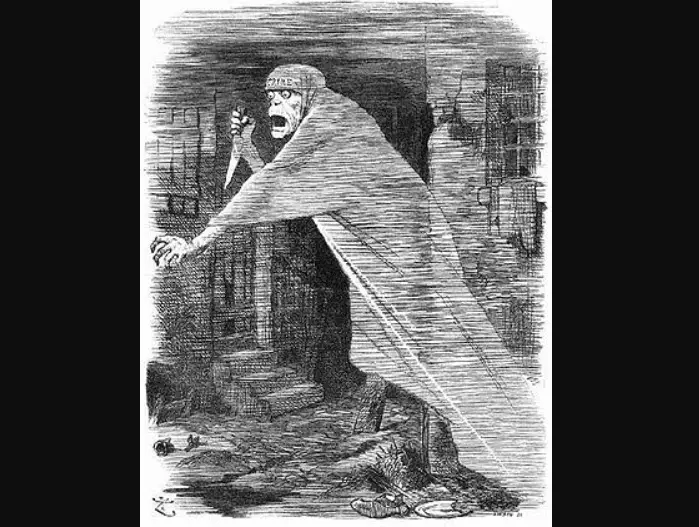
20. If this is Jack the Ripper, a picture of him survived!
So who is Jack the Ripper?
Historians have been asking the question for well over a century, and nobody has come up with a conclusive answer. If you eliminate all the improbably suspects, then there’s just a handful of potential killers who could have done it.
The most compelling suspect, in our opinion, is called Charles Allen Lechmere, one of the “innocent witnesses” of the first canonical Ripper victim, Mary Ann Nichols. If you dig into his story, you can really connect all the dots.
Swedish journalist Christer Holmgren and criminologist Gareth Norris were the first to propose Lechmere to be the Ripper as they pile up the compelling evidence against him in this video.
If it were true that he is the killer, then we can actually see his face, as this is Charles Allen Lechmere:
